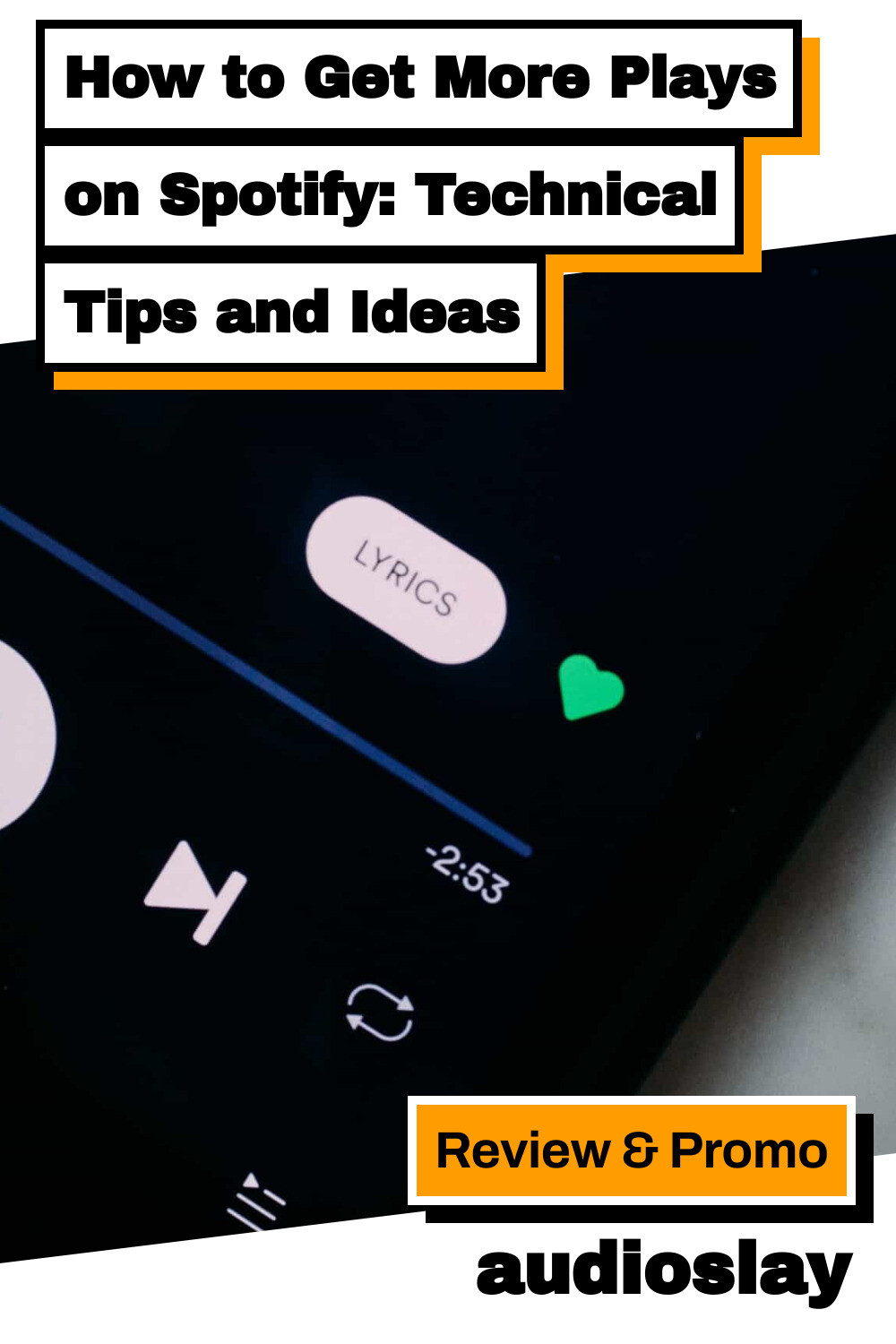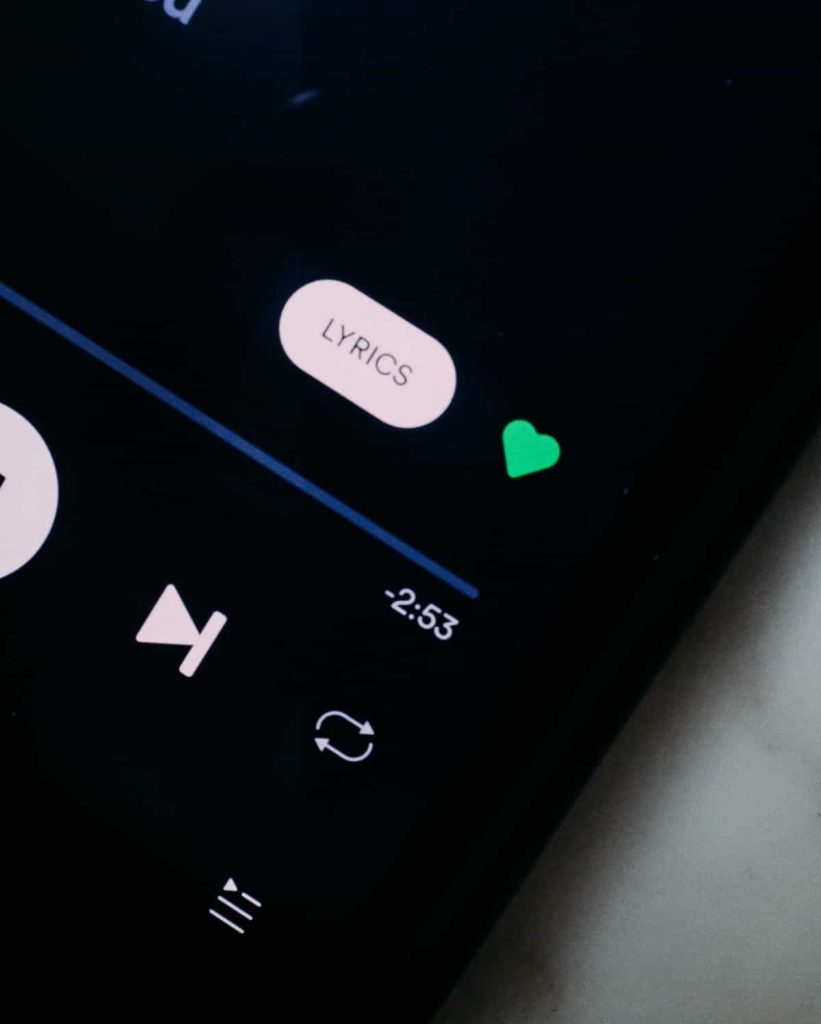In today’s music industry, having your songs available on Spotify is essential, but getting those streams is where the real challenge lies. With over 70,000 songs uploaded daily, it’s easy for your music to get lost in the crowd. So, how can you make sure your music gets more plays on Spotify?
In this article, we’ll explore both well-known strategies and some novel, technical approaches to boost your streams, along with suggested tools and software to help you succeed.
Master Spotify for Artists and Use It Strategically
First things first—Spotify for Artists is your control center for tracking and optimizing your music. If you haven’t already signed up, do so immediately. This platform provides insights into your listeners, including their demographics, listening habits, and how they discovered your music. Here’s how to leverage it:
- Track real-time data: See how many people are streaming your songs, and what playlists are driving the most traffic.
- Optimize your profile: Add a compelling bio, high-quality images, and links to your social media. An engaging profile makes listeners more likely to follow you.
- Release Radar & Discover Weekly: These Spotify playlists are algorithmically generated based on listener preferences. By optimizing your metadata (more on this later), you increase your chances of being featured on these influential playlists.
Growth Hack: Use the data from Spotify for Artists to refine your promotion efforts. For example, if you notice a spike in streams from a certain city, you can target ads to that region or plan live shows there.
Optimize Metadata and Song Titles for SEO
Spotify’s algorithm heavily depends on metadata—the information embedded in your songs such as track title, genre, and artist name. Most artists don’t think of Spotify as a search engine, but it is.
- Track titles: Use clear, descriptive titles that are easily searchable. Unique, quirky names may work artistically, but simpler titles increase your chances of being found by potential listeners.
- Tags and genres: Make sure you’ve selected the most appropriate genres for your music. Adding sub-genres or niche descriptions can help you reach a more targeted audience.
- Mood and activity: Spotify allows you to tag tracks with mood or activity (e.g., “chill” or “workout”). Use these tags strategically to get your song into mood-specific playlists.
Tool: Use Music Gateway’s Metadata Service to ensure your metadata is optimized for Spotify and other platforms. They help refine the technical aspects of your release, making your music more discoverable.
Leverage Third-Party Playlist Submission Tools
Getting your music onto Spotify playlists can lead to a significant boost in streams, but it’s tough to get the attention of playlist curators. Fortunately, there are several tools and platforms that help bridge this gap by connecting artists to independent curators.
- SubmitHub: This platform lets you pitch your songs to playlist curators, bloggers, and even labels. Each submission costs a small fee, but you receive feedback, and a successful placement can greatly increase your streams.
- PlaylistPush: Another useful tool, PlaylistPush allows artists to submit their music directly to Spotify playlist curators who are paid to review and potentially add your song to their lists. It’s a quick way to get onto high-impact playlists.
- Daily Playlists: This free service lets you submit your tracks to various playlists. While it doesn’t guarantee placements, the more playlists your song is on, the more likely it is to be picked up by the algorithm.
Growth Hack: Curate your own playlist featuring not only your songs but also tracks from trending artists in your genre. Then, promote this playlist through social media. If your playlist gains followers, your music gets more plays organically.
Use Growth Tools and Automations for Organic Marketing
Manual promotion can be time-consuming, but automation tools help streamline your efforts. These tools can manage tasks like social media posting, engaging with followers, and building your audience—all while driving streams.
- ToneDen: Use this marketing platform to create smart links for your Spotify tracks and promote them across multiple platforms. It offers campaign tracking and allows you to retarget ads based on engagement, which increases the likelihood of people clicking through to your Spotify page.
- Hypeddit: This platform allows you to grow your fan base by exchanging downloads for social follows or Spotify streams. It’s great for building momentum, especially for new releases.
- Sonarworks: While mainly a tool for mastering, Sonarworks ensures your music sounds great on all platforms, including Spotify. If your song doesn’t sound polished and professional, listeners are less likely to replay or recommend it, so investing in high-quality production is key.
Engage with Spotify’s Canvas Feature
Spotify’s Canvas feature allows you to add looping visuals to your tracks, making them more engaging for listeners. It’s a powerful way to turn a passive listener into a more engaged fan.
- Create loop-worthy content: Design captivating, short video loops (3-8 seconds) that fit your song’s vibe. Think of it as a mini-music video or a teaser that keeps your listeners hooked visually.
- Promote with Instagram Stories: When listeners share your song on Instagram, the Canvas automatically plays, increasing its visibility and making it more likely to go viral.
Tool: Use Rotor Videos or Canva to create quick, professional video loops for your Canvas. These tools are easy to use, even if you have limited video-editing experience.
Run Targeted Ads for Spotify on Facebook & Instagram
While organic growth is important, paid advertising can fast-track your Spotify plays. Facebook and Instagram ads are incredibly effective at targeting specific demographics and interests, which can drive traffic directly to your Spotify page or track.
- Run conversion ads: Create ads that send people directly to your Spotify track, playlist, or artist page. Make sure to use eye-catching visuals and a clear call-to-action, such as “Listen Now” or “Stream on Spotify.”
- Target lookalike audiences: Use data from your existing listeners to create lookalike audiences. Facebook allows you to create ads targeting users with similar interests, increasing the chances they’ll engage with your music.
Tool: Use ToneDen or Facebook Ads Manager to set up your ad campaigns, ensuring you target users who are likely to stream your music.
Utilize Spotify Pre-Save Campaigns
A pre-save campaign is an excellent way to boost your streams on release day. It functions like a pre-order, but for Spotify. When fans pre-save your song, it’s automatically added to their library once it’s released, ensuring a spike in day-one streams.
- ToneDen Pre-Save: Use ToneDen to create pre-save links and promote them across social media and email lists. This ensures that your release garners immediate attention and increases your chances of getting onto Spotify’s editorial playlists.
Growth Hack: Offer an exclusive reward for pre-saving your song, such as a free download, behind-the-scenes content, or early access to a new track. This incentivizes fans to take action, boosting your pre-saves and early streams.
Collaborate and Feature on Other Artists’ Tracks
Collaborating with other artists, especially those with a similar or larger following, is a great way to tap into their audience and increase your streams. By being featured on another artist’s track, your song will appear on their profile, giving you additional exposure.
- Cross-promote: When you release a collaboration, make sure both you and the other artist promote it equally on your social platforms. Collaboration naturally boosts streams since you’re reaching a combined audience.
- Playlisting advantage: Spotify loves collaborations because they often increase engagement. Songs featuring multiple artists are more likely to be picked up by algorithmic playlists and can perform better on collaborative or curated playlists.
Are You Ready to Maximize Your Spotify Plays?
Getting more plays on Spotify is a combination of technical optimization, strategic promotion, and continuous engagement. From mastering your metadata to using automation tools and playlist submission services, there are plenty of ways to get your music heard.
The key is to approach it methodically: track your progress using Spotify for Artists, experiment with paid and organic growth strategies, and always be ready to adapt. Don’t forget to promote your music outside of Spotify, using platforms like Instagram, TikTok, and YouTube to direct traffic back to your songs.
With these tips and tools in your arsenal, you’re ready to grow your streams and make your music rise above the noise. What’s your next step to boosting your Spotify plays?



